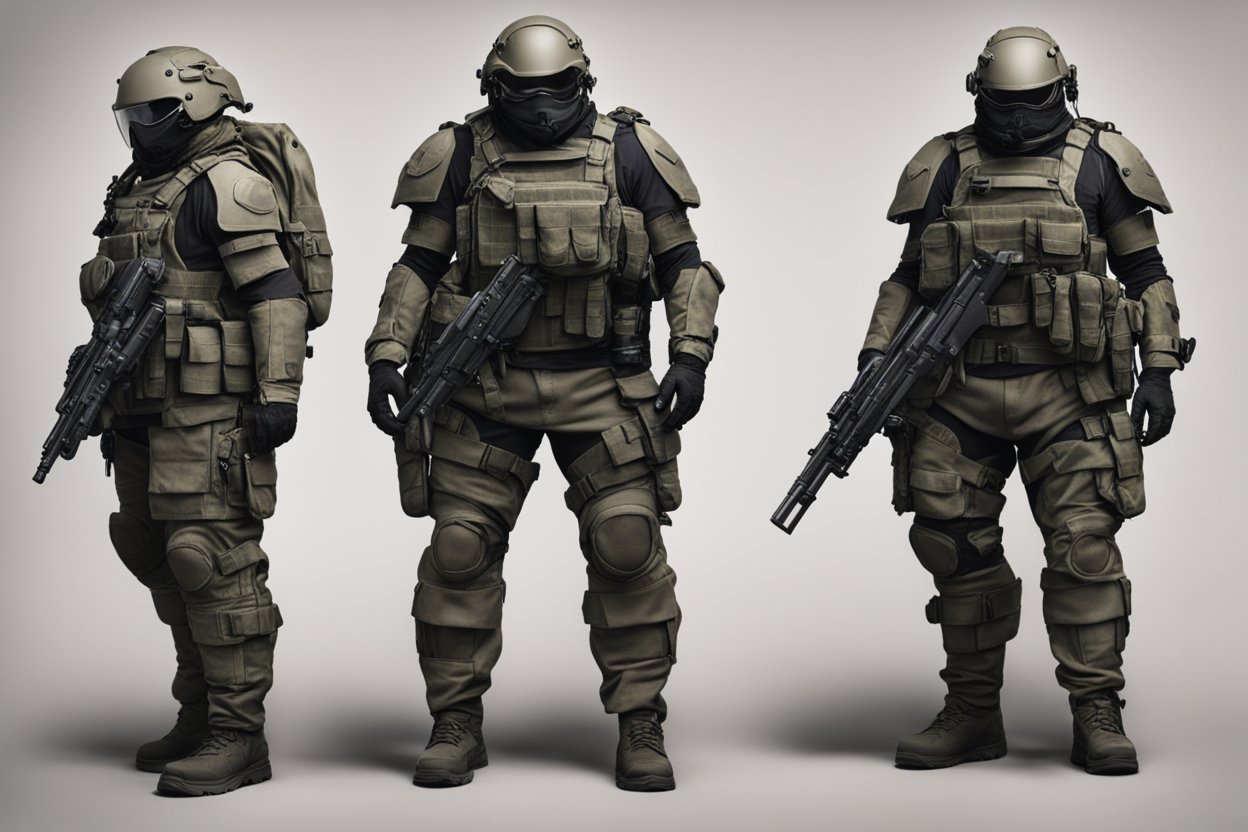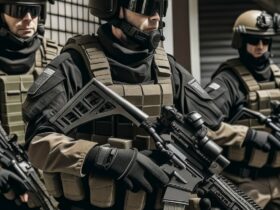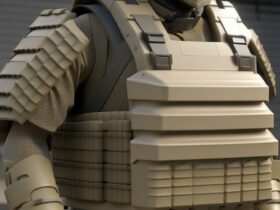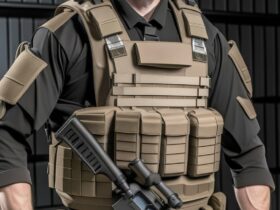In dangerous and unpredictable situations, having the right protective gear can mean the difference between life and death. When it comes to personal protection, a survival armor carrier is an essential piece of equipment. This carrier is designed to hold ballistic armor plates and provide maximum protection against bullets, shrapnel, and other potentially lethal projectiles. Choosing the right carrier and using it effectively is crucial for achieving ultimate protection in dangerous environments.
Selecting a Survival Armor Carrier
When selecting a survival armor carrier, there are several key factors to consider:
1. Fit and Comfort: The carrier should fit well and be comfortable to wear for extended periods. Look for adjustable straps, padded shoulders, and breathable materials to ensure a secure and comfortable fit.
2. Compatibility: Ensure that the carrier is compatible with the type and size of ballistic armor plates you intend to use. Different carriers are designed to accommodate specific plate sizes and shapes, so it’s important to choose one that is compatible with your armor.
3. Durability: Look for a carrier made from high-quality, durable materials that can withstand the rigors of challenging environments. Reinforced stitching and tough fabric construction are important features to look for.
4. Accessibility: Consider the accessibility of the carrier for quick and easy access to armor plates. Some carriers feature quick-release buckles or easy-to-access pockets for swift plate deployment.
5. Flexibility: A good carrier should offer flexibility and mobility while providing protection. Look for a design that allows for a full range of motion and doesn’t impede movement.
Using a Survival Armor Carrier
Once you have selected a survival armor carrier, it’s important to use it effectively to ensure maximum protection:
1. Proper Plate Placement: When inserting ballistic armor plates into the carrier, ensure that they are positioned correctly and securely. The plates should cover vital areas such as the chest, back, and sides to provide comprehensive protection.
2. Regular Maintenance: Perform regular maintenance checks on the carrier to ensure that it is in good working condition. Inspect for any damage, wear and tear, or loose fastenings that may compromise its effectiveness.
3. Proper Adjustment: Adjust the carrier to ensure a snug and secure fit. This will prevent the plates from shifting during movement and provide optimal protection.
4. Training: Seek proper training and guidance on how to use the carrier effectively. Understand how to deploy armor plates quickly and effectively in a high-stress situation.
5. Regular Practice: Regularly practice wearing the carrier and maneuvering in it to become familiar with its feel and movement. This will help you be better prepared for real-life scenarios.
In conclusion, selecting the right survival armor carrier and using it effectively is crucial for achieving ultimate protection in high-risk environments. By considering key factors in the selection process and using the carrier properly, you can ensure that you are well-equipped to handle potentially life-threatening situations. By taking the time to choose the right carrier and become proficient in its use, you can have confidence in your ability to stay safe and protected in challenging environments.







Leave a Reply